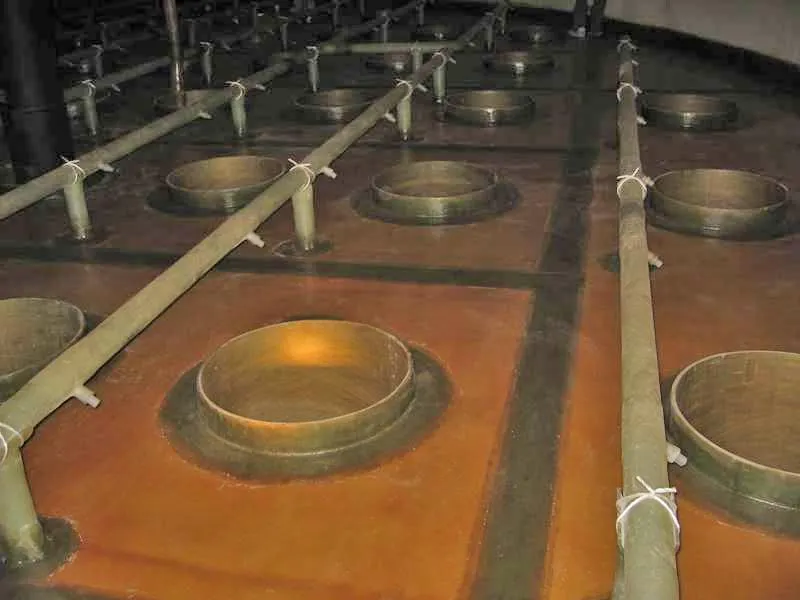
-
 Afrikaans
Afrikaans -
 Albanian
Albanian -
 Amharic
Amharic -
 Arabic
Arabic -
 Armenian
Armenian -
 Azerbaijani
Azerbaijani -
 Basque
Basque -
 Belarusian
Belarusian -
 Bengali
Bengali -
 Bosnian
Bosnian -
 Bulgarian
Bulgarian -
 Catalan
Catalan -
 Cebuano
Cebuano -
 China
China -
 China (Taiwan)
China (Taiwan) -
 Corsican
Corsican -
 Croatian
Croatian -
 Czech
Czech -
 Danish
Danish -
 Dutch
Dutch -
 English
English -
 Esperanto
Esperanto -
 Estonian
Estonian -
 Finnish
Finnish -
 French
French -
 Frisian
Frisian -
 Galician
Galician -
 Georgian
Georgian -
 German
German -
 Greek
Greek -
 Gujarati
Gujarati -
 Haitian Creole
Haitian Creole -
 hausa
hausa -
 hawaiian
hawaiian -
 Hebrew
Hebrew -
 Hindi
Hindi -
 Miao
Miao -
 Hungarian
Hungarian -
 Icelandic
Icelandic -
 igbo
igbo -
 Indonesian
Indonesian -
 irish
irish -
 Italian
Italian -
 Japanese
Japanese -
 Javanese
Javanese -
 Kannada
Kannada -
 kazakh
kazakh -
 Khmer
Khmer -
 Rwandese
Rwandese -
 Korean
Korean -
 Kurdish
Kurdish -
 Kyrgyz
Kyrgyz -
 Lao
Lao -
 Latin
Latin -
 Latvian
Latvian -
 Lithuanian
Lithuanian -
 Luxembourgish
Luxembourgish -
 Macedonian
Macedonian -
 Malgashi
Malgashi -
 Malay
Malay -
 Malayalam
Malayalam -
 Maltese
Maltese -
 Maori
Maori -
 Marathi
Marathi -
 Mongolian
Mongolian -
 Myanmar
Myanmar -
 Nepali
Nepali -
 Norwegian
Norwegian -
 Norwegian
Norwegian -
 Occitan
Occitan -
 Pashto
Pashto -
 Persian
Persian -
 Polish
Polish -
 Portuguese
Portuguese -
 Punjabi
Punjabi -
 Romanian
Romanian -
 Russian
Russian -
 Samoan
Samoan -
 Scottish Gaelic
Scottish Gaelic -
 Serbian
Serbian -
 Sesotho
Sesotho -
 Shona
Shona -
 Sindhi
Sindhi -
 Sinhala
Sinhala -
 Slovak
Slovak -
 Slovenian
Slovenian -
 Somali
Somali -
 Spanish
Spanish -
 Sundanese
Sundanese -
 Swahili
Swahili -
 Swedish
Swedish -
 Tagalog
Tagalog -
 Tajik
Tajik -
 Tamil
Tamil -
 Tatar
Tatar -
 Telugu
Telugu -
 Thai
Thai -
 Turkish
Turkish -
 Turkmen
Turkmen -
 Ukrainian
Ukrainian -
 Urdu
Urdu -
 Uighur
Uighur -
 Uzbek
Uzbek -
 Vietnamese
Vietnamese -
 Welsh
Welsh -
 Bantu
Bantu -
 Yiddish
Yiddish -
 Yoruba
Yoruba -
 Zulu
Zulu
High-Quality Fiberglass Pipe Fittings - Durable and Reliable Solutions
Fiberglass pipe fittings have become increasingly popular in various industrial applications due to their unique properties and advantages. These fittings, made from fiberglass reinforced plastic (FRP), offer an excellent alternative to traditional materials like metal and PVC. The demand for fiberglass pipe fittings is on the rise, driven by their durability, corrosion resistance, and lightweight nature.
One of the most significant benefits of fiberglass pipe fittings is their exceptional resistance to corrosion. Unlike metal fittings, which can rust or degrade over time when exposed to chemicals or moisture, fiberglass fittings can withstand harsh environments. This makes them an ideal choice for industries such as oil and gas, wastewater treatment, and chemical processing, where exposure to corrosive substances is common.
Another advantage of fiberglass pipe fittings is their lightweight composition. Compared to metal fittings, fiberglass fittings are substantially lighter, making them easier to handle and install. This can lead to reduced labor costs and faster installation times, ultimately resulting in significant savings for businesses. The lightweight nature of fiberglass also means that it can be used in structural applications where weight savings are critical.
In addition to their practical benefits, fiberglass pipe fittings are also highly versatile. They can be molded into various shapes and sizes to meet specific application requirements, creating custom solutions that cater to unique system designs. This flexibility allows engineers to incorporate fiberglass fittings into various piping systems, from residential plumbing to complex industrial setups.
fiberglass pipe fittings

The thermal insulation properties of fiberglass also make it a preferred choice in temperature-sensitive applications. It can effectively minimize heat loss in hot water systems and prevent condensation in cold systems, leading to improved energy efficiency. This is particularly important in industries focusing on sustainability and reducing energy consumption.
Furthermore, fiberglass fittings contribute to environmental sustainability. They are often manufactured using eco-friendly processes and can be produced from recycled materials. When compared to the lifecycle impact of plastic or metal fittings, fiberglass fittings have a lower environmental footprint, aligning with modern sustainability goals.
In conclusion, fiberglass pipe fittings are a superior choice for many industries that require durable, lightweight, and corrosion-resistant materials. Their unique properties not only enhance performance and efficiency but also support sustainable practices. As industries continue to seek innovative solutions, the popularity and application of fiberglass fittings are expected to grow, making them an integral component of modern piping systems.
Latest news
-
Exploring the Benefits of Top Hammer Drifter Rods for Enhanced Drilling PerformanceNewsJun.10,2025
-
High-Precision Fiberglass Winding Machine for GRP/FRP Pipe Production – Reliable & Efficient SolutionsNewsJun.10,2025
-
FRP Pipes & Fittings for Shipbuilding - Corrosion-Resistant & LightweightNewsJun.09,2025
-
Premium FRP Flooring Solutions Durable & Slip-ResistantNewsJun.09,2025
-
Premium Fiberglass Rectangular Tanks Durable & Lightweight SolutionNewsJun.09,2025
-
Tapered Drill String Design Guide Durable Performance & UsesNewsJun.09,2025









